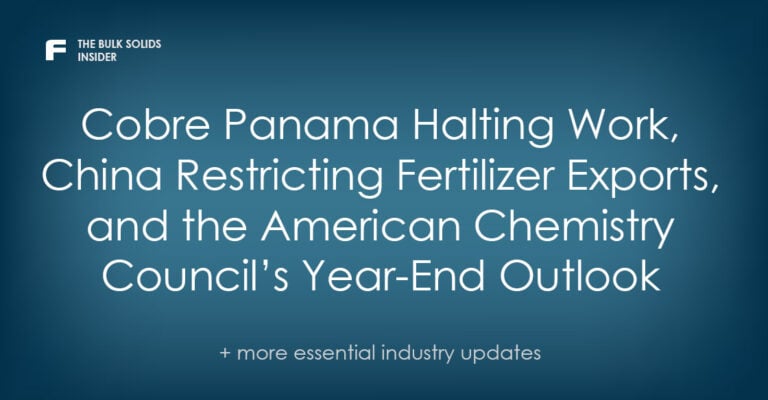Updates in Mining & Minerals
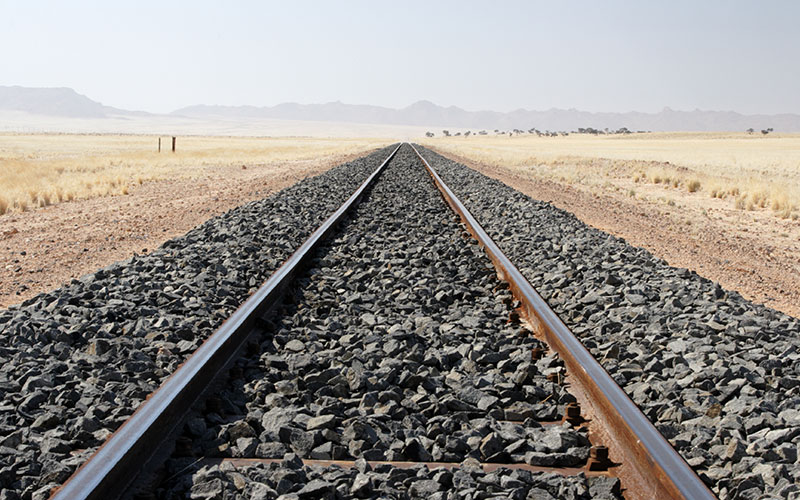
Critical Minerals Rail Line in Africa Sees Investment
Along with the European Union, the US is hoping to gain a foothold on the critical minerals located in central Africa by investing in the Lobito Corridor project, according to Bloomberg. The proposed rail line would connect Zambia’s Copperbelt to a port on the Atlantic coast, creating a much-needed trade route for critical minerals. A feasibility study is planned for the year’s end.

Funding Advanced Batteries in the US
The US Department of Energy (DOE) has announced up to $3.5 billion in funding toward strengthening domestic production of advanced batteries, including the production of battery-grade critical minerals, precursor materials, components, and more. The funding is the second phase of $6 billion in total, provided as part of the Infrastructure Law to advance the nation’s clean energy initiatives.

Strengthening Critical Mineral Supply Chains
Canada’s Minister of Energy and Natural Resources, the Honourable Jonathan Wilkinson, has announced the Call for Proposals for The Critical Minerals Infrastructure Fund, which will provide C$1.5 billion in an effort to make progress in the nation’s clean energy transition.
Similarly, in an effort to fortify the supply chain for critical raw materials within the EU, the Council and European Parliament have reached a provisional agreement on a European Union Critical Raw Materials Act. The agreement builds on existing objectives, strengthening key elements.
Western Australia is also doubling down on critical minerals efforts with their refreshed 2024-2030 Battery and Critical Minerals Strategy. The Strategy has been updated to reflect the significant increase in anticipated opportunities in the sector.
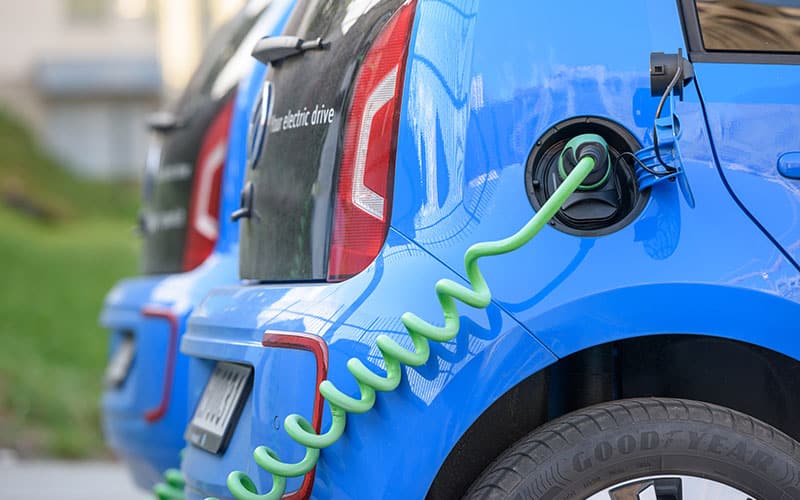
388 New Mines Needed
A new report by the Fraser Institute calls into question the feasibility of meeting current electric vehicle (EV) mandates, noting that according to International Energy Agency findings, 388 new mines will be needed. Given the years-long process of bringing a mine to production, meeting Canada’s goal of 100 percent of all new medium- and heavy-duty vehicles sales being EV by 2040, and the U.S.’ goal of 50 percent EV sales by 2030, will be beyond challenging. Read the report >

Cobre Panama Halting Operations
After finding the mine’s contract unconstitutional, Panama has ordered First Quantum Minerals’ Cobre Panama copper mine to shut down, a move that could have a major impact on global copper production, as the mine accounts for 1.5% of global production. The Panamanian Government recently implemented a ban on new mining activities as well and now faces a tangled web of potential implications, leaving the mine’s future unclear. Read more on Mining.com >>
Updates in Fertilizer
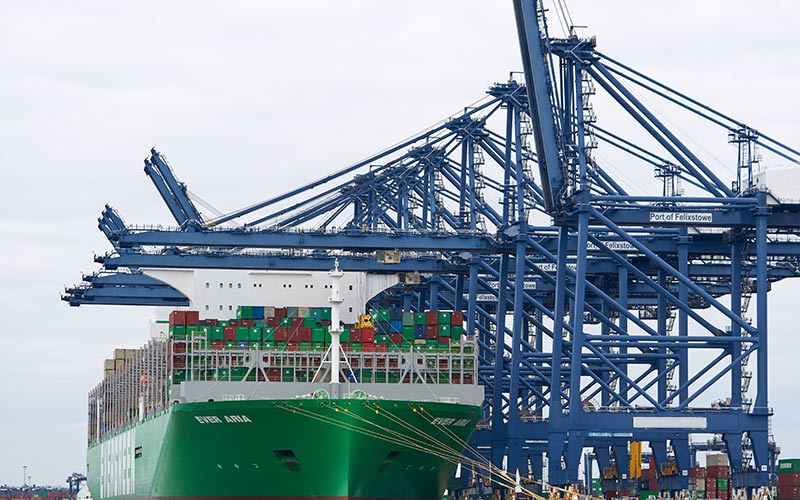
China Restricting Fertilizer Exports
The China Nitrogen Fertilizer Industry Association is once again trying to stabilize prices by curbing fertilizer exports, according to Bloomberg. The move is stirring up déjà vu in the industry, considering a similar request only two months earlier.

Finland’s Fertilizer Industry Issues a Warning
Finland’s fertilizer industry is struggling to obtain the raw materials used in fertilizer production after seven of the eight land-border crossings into Russia were closed by the interior ministry on suspicion that Russia is helping those seeking asylum to cross illegally. Finland’s fertilizer producers are warning that the consequences could be dire, FertilizerDaily reports.
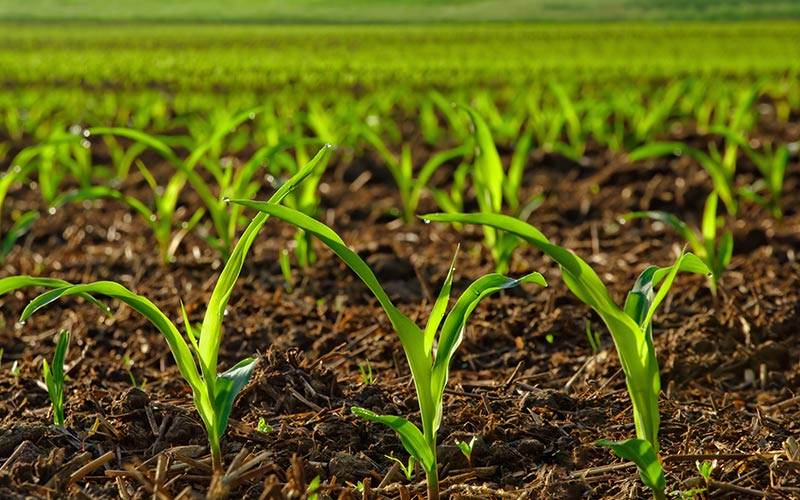
Understanding Potassium Deficiencies
The University of Nebraska-Lincoln and the International Fertilizer Association (IFA) are teaming up to gather and analyze data on potassium deficiencies in global crop systems. Potassium deficiencies are not well understood in many regions and the two-year project aims to help growers all over the world mitigate their potassium challenges and improve crop yields.
updates in chemical

American Chemistry Council Releases Year-End Outlook
The American Chemistry Council has released their year-end situation and outlook. Key findings show that demand for chemicals in the US and abroad remains weak, with a modest recovery expected in 2024.
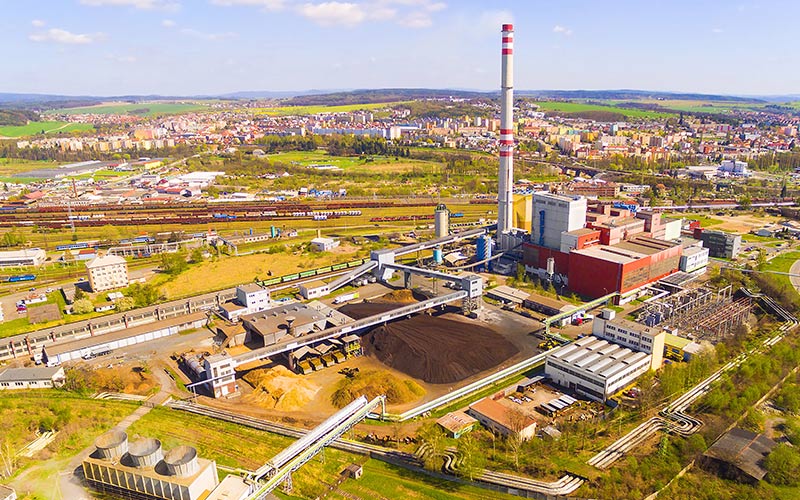
Reducing Industrial Emissions in the U.S.
U.S. Senator Tom Carper, Chairman of the Senate Environment and Public Works Committee, led a hearing to discuss potential avenues to reducing the nation’s industrial emissions. The hearing, entitled Opportunities in Industrial Decarbonization: Delivery Benefits for the Economy and the Climate, noted that by 2030, the industrial sector is expected to become the largest domestic source of greenhouse gas emissions. Senator Carper also made clear that significant opportunity exists in investing in new technologies and processes to reduce greenhouse gas emissions and boost the nation’s competitiveness. Watch the hearing >>

Progress in Recycling Solar Panel Glass
AGC, Inc. of Japan has successfully demonstrated converting used solar panels into glass cullet that can serve as a raw material for flat glass production, according to Chemical Engineering. Mainstream recycling of massive amounts of solar panels will be essential in the coming years as aging panels begin to hit the waste market.
Like what you’re reading? Subscribe to our blog for industry updates and expert advice on bulk solids processing and handling.


